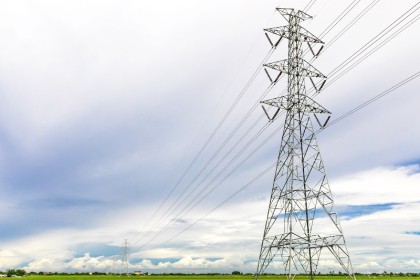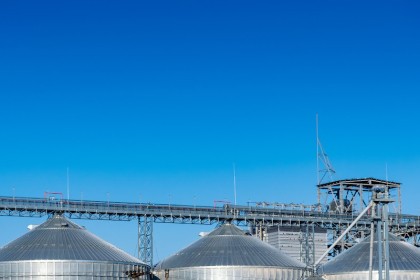
Techniques for Intensive Free Range Foraging
Free range foraging needs to be done with precision to ensure the paddock becomes ready for pasture again. To make this possible a strategy needs to be devised that ensures fibrous and unpalatable regrowth is avoided. Overgrazing is another concern as it leaves a paddock barren.
The Benefits of Free Range Foraging
Pasture-raised ruminants produce particularly nutritional dairy and just so their meat is of high nutritional value. Dairy cows graze for up to eight hours a day and beef cattle for up to nine hours daily. When cattle chew on grass, saliva is produced which aids the digestive system and prevents the cattle from suffering the same complications experienced by many grain-fed cattle.
National herd systems (unfenced grazing land) and commercial management systems (fenced grazing land) are important to the future of farming in South Africa. These paddocks and pastures need to be tended and cared for. Seed suppliers in South Africa can help revive over- or under-grazed pastures but a solid technique works best.
Grazing Systems and Techniques
Techniques for free range foraging allow for humane and ecologically sustainable food production. The land must be covered with at least 75 per cent forage or unbroken ground for the meat that is produced to be considered free-range grass-fed beef.
To optimise the nutritional value of the plants being eaten, cattle should graze on the maximum photosynthesised plants. Once the active leaves have been grazed, cattle must move on so that over-grazing is avoided. This occurs when the meristems are damaged or when buds are removed thus hindering future growth.
Rest-Rotation Grazing
Continuous grazing – whereby livestock has access to the whole pasture at all times – may lead to overgrazing. Rest-rotation grazing is an effective system that uses pasture divisions as grazing paddocks while the previously grazed areas recover. This way the food grows back and a sustainable feeding system is created. Once the photosynthesised and most nutritional parts of the plant have been eaten, the herd must move on and access to the already grazed section must be cut off or limited.
If you require assistance reviving your paddock, contact seed suppliers. However, if you employ a foraging technique you create a self-sustaining system that is natural and economical. Brasuda is available to help choose your pasture plants and techniques to yield the best results.












